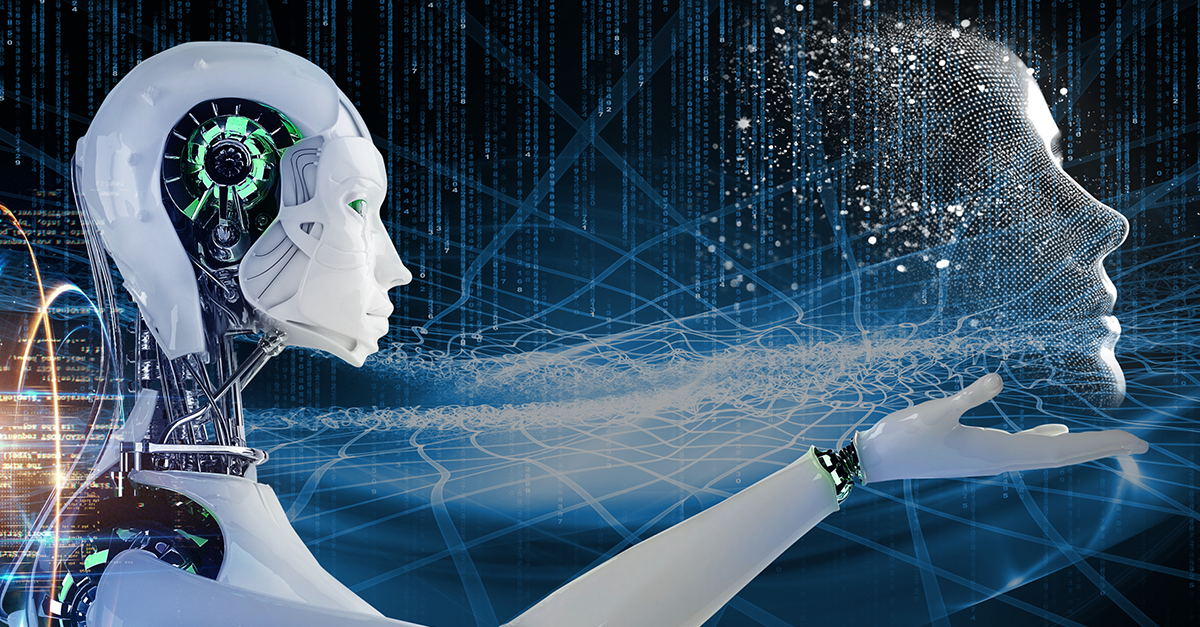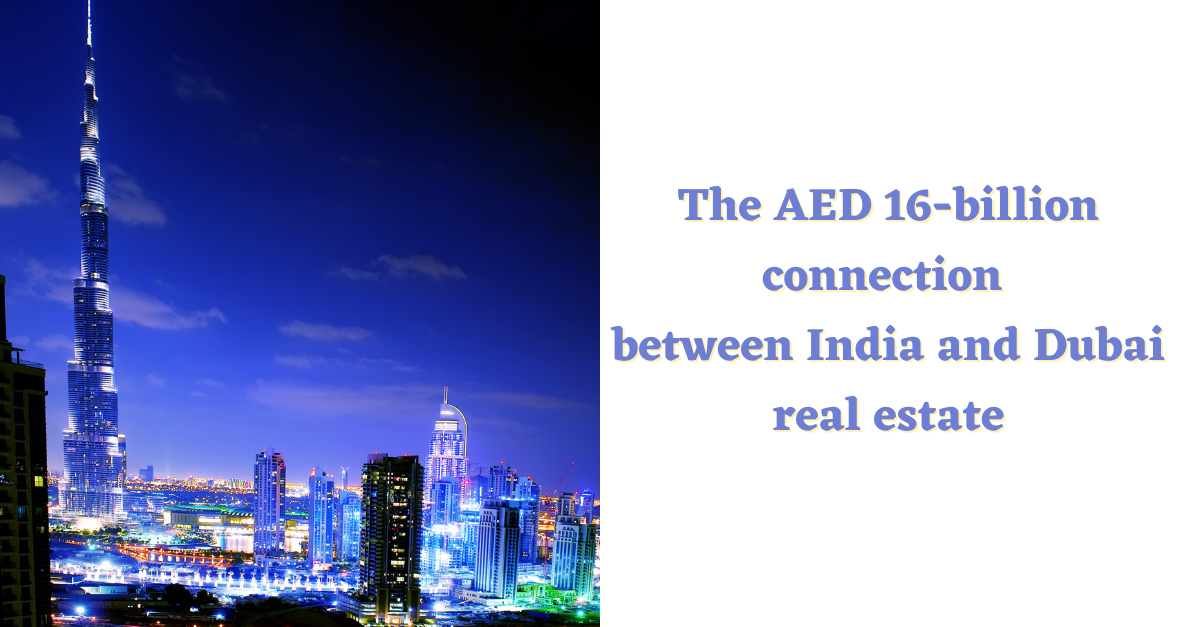Creative Robots: Artificial Intelligence takes realism to the next level: Creates images of people who don’t exist
It would hardly be an exaggeration to say that the rapidly evolving possibilities of artificial intelligence are almost invariably in the news these days. A widely circulated recent story featured some extremely realistic appearing “photographs” of people that were entirely the creation of Artificial Intelligence (1). The fact that these images are products of AI makes it questionable whether they can be deemed ‘photographs’ at all! A state-of-the-art technique termed ‘generative adversarial network’ (GAN) is a type of artificial intelligence algorithm that pits multiple neural networks against each other, in a kind of machine-learning competition, allowing their combined creative input to result in these life-like images. Artificial neural networks are human-made systems developed to mimic the activity of neurons in the human brain. Reportedly it took researchers a mere eight weeks to train AI to generate these photographs, which are indistinguishable from similar portraits of actual people.
The abilities of AI technology are now routinely exceeding our expectations
For an expert in the AI field, these realistic photographs are, quite likely, far from the most impressive demonstration of machine intelligence. However, the ability to so accurately and convincingly mimic the characteristics of a human face should not be dismissed as a mere gimmick either. As social animals, one of the most advanced abilities that humans have is to be able to interpret another person’s facial expressions. When one considers the sheer number of details it must take to convince both the conscious and the sub-conscious mind that it is looking at the picture of a real human being, the achievement can be more appropriately understood. In any event, these images are very effective in conveying the impressive capabilities of this technology to the average human being.
The challenge of convincingly recreating a human face, complete with appropriate expressions and across all demographics of race, gender and age, is just the latest pinnacle this technology has achieved. When it comes to inanimate objects and authentic representations of environments, the technology has been highly capable for some time now. One of the most high profile applications of realistic computer-generated imagery has been the catalogues that the Swedish furnishings giant Ikea has commissioned in recent years (2). As early as 2012, about 25% of the company’s product brochures were artificial images designed to appear as good as real. By 2014, this figure had already increased to 75% and is even higher today. Deep learning techniques have been used by a number of AI’s to produce human-sounding speech. Google’s DeepMind WaveNet can now copy human speech almost perfectly, while startup Lyrebird’s algorithm can synthesise voice using just a minute of audio.
Gemini Property Developers CEO Sunil Gomes believes that these applications constitute the beginning of a radical new capability that will soon find widespread use. In his opinion, the capacity of AI to convincingly capture the kind of nuances that it has now become capable of will significantly improve the aesthetics and quality of mass-produced goods in the years to come.
This is indeed an astute observation. Several reports have recently emerged of laboratories around the world using the creative output of famous musicians and artists to teach AI to imitate historical genres and styles. The ability for machine intelligence to identify and apply the stylistic details of the finest human creators may not result in evoking emotion like the original artwork just yet. But it can undoubtedly infuse products generated by an automated assembly line with much greater aesthetics than has previously been possible.
The reality of AI in realty
Specific to real estate, Sunil Gomes believes AI has tremendous potential, and that we are still at the tip of the iceberg in terms of exploring its innumerable applications. While some progress has been made to use AI, VR and AR technologies to create immersive experiences for real estate audiences, there are many more that are still in their nascent stages – smart (and smarter) buildings, intuitive consumer utility dashboards, interactive bots, predictive energy utilization, and are just some of the many ways AI is set to transform the sector. Sunil believes ‘relevance of recommendations’ and ‘personalised engagement’ is where AI will provide a big boost to human interactions, empowering human intellect and emotional quotient with data-based insights.
Underscoring AI’s growing impact in the real estate sector, several start-ups have now started offering very niche AI-enabled benefits to the industry. Skyline claims its platform can tell real estate investors what properties provide the best returns based on analysing massive amounts of data from multiple sources. Proportunity’smachine learning algorithms can accurately forecast which homes or neighbourhoods will experience the highest increase in value over a specific period. First.io possesses the ability to predict which people in a real estate agent’s network are ready to sell a home based on a variety of factors, such as spending behaviour, income history, employment changes etc. (3)
AI is empowering a world of possibilities
AI’s ability to achieve a highly advanced baseline of creativity, combined with precise control in execution, can result in tremendous improvement in quality in every sphere of human indulgence. From high fashion to elaborate cuisine and every other human experience in between, the possibilities are truly endless. That this creativity could be personalised to individual preferences and taste would be an even greater enhancement for the individual consumer. The ability to automate and replicate ‘high quality’ is a game-changing capability for mass production, and the ordinary consumer of tomorrow might well receive the kind of quality that was previously restricted to the most exclusive end of the market. Empowering human creativity with the help of AI could open up staggering new possibilities for our future.




